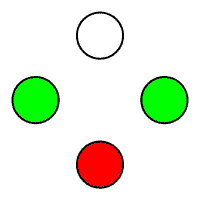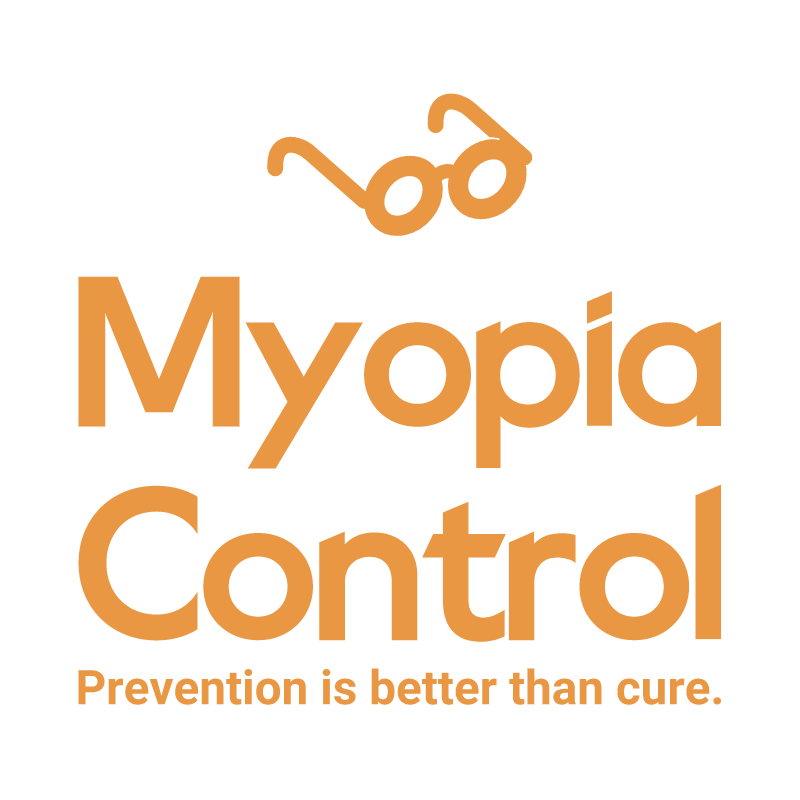The accommodative facility test is used to examine a person’s focusing ability. Young persons below 40 years of age are able to focus at near objects and then switching focus to a distant object rapidly without losing clear focus. The ability to do this very rapidly while attaining clear vision before moving on the the other object means that he/she has good focusing ability or otherwise, “good accommodative facility”. If a person needs a long time to regain clear vision after focusing near or vice-versa, this may mean that he/she may have poor focusing ability, or otherwise, “accommodative infacility”.
Please do note that this test is only suitable for persons below 40 years old. From 40 years of age onwards, a person will lose his ability to see clearly at near, and may therefore need a pair of reading glasses.
Accommodative infacility can result in eye strain when a person does copying task from a board or presentation that is a distance away. Headaches, blurry vision, eye fatigue, after long hours of near work that involves transiting between distance objects and the reading materials, are also symptoms for accommodative infacility.
Instructions
- Look at the letters on the screen. If the letters are clear, press the space bar to start the timer.
- Immediately look far at a distant object (more than 4 meters away) and make sure the object is clear. If the object is blurry, then try to focus and make it clear.
- Once the distant object is clear, look at the letters on the screen again, and make sure it is clear. When it is clear, press the space button. If it is blurry, try to focus to make it clear, before pressing the space button.
- Immediately repeat step 2 and 3, pressing the space bar each time your focus is at the letters on the screen, when the letters are clear.
- A buzzer will sound, which means 30 seconds has lapsed. The counter will reveal how many cycles you have performed.
Interpreting the results
Normal Values of +/- 2.00 D
34 years old or below – 5 cycles
35 years to 39 years old – 4 cycles
Having a low number of cycles for the accommodative facility test may mean that you have difficulty in exercising your ability to focus at distance objects and switching to near objects repeatedly. Fortunately, low accommodative facility can be improved by accommodative rock exercises. Your eye doctor or optometrist may be able to advice you on the appropriate measures to improve your accommodative facility.
Worth 4 Dots

- Red filter on right eye
– sees top and bottom light as red - Left filter on left eye
– sees left right and top light as green - Good Binocular vision
– sees all four dots - Right suppression
– missing bottom light - Left suppression
– missing left and right light - Eye deviation (non fusion)
– sees five lights, right eye sees top and bottom, left eye sees all with no bottom

